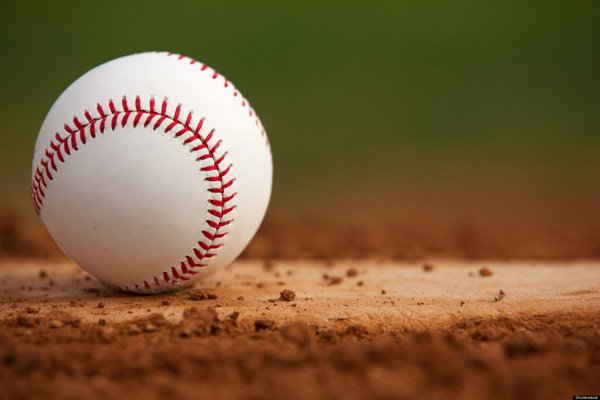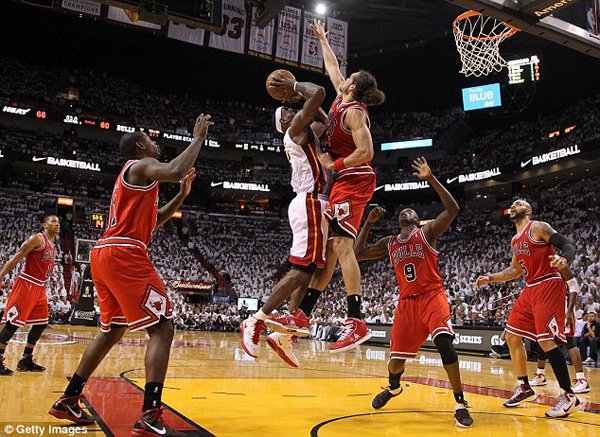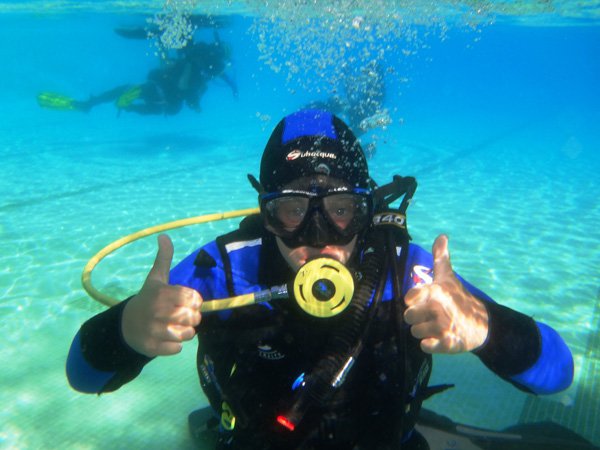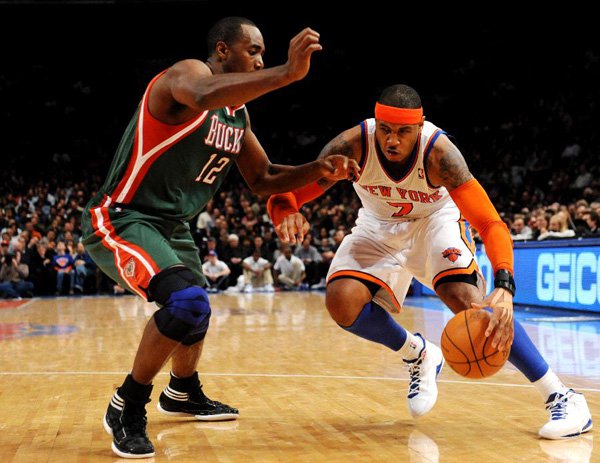
Uniform. Major League uniform regulations state that "All players on a team shall wear uniforms identical in color, trim and style, and all players' uniforms shall include minimal six-inch numbers on their backs." Most leagues follow similar rules, except the size of the number on the back of the jerseys.
There are two types of uniforms that each time must have, one for road games and another for home games. The standard baseball uniform includes the cap (always worn forward, except the catcher), jersey, pants, socks and cleats. Secondary items include the undershirt (short- or long-sleeved), belt and wrist bands. Those who prefer to wear an undershirt and/or wrist bands must wear the exact same color as everyone who is doing the same.
An unwritten rule about cleats in the Major League is that they have to be at least 50% of the team's dominant color.
If the belt is part of the team uniform, everyone has to have it on.
Pants are optionally worn down low to the ankle or down to just beneath the knees. For players doing the latter (preferably, however, everyone on the team should be wearing their pants the same way), appropriately colored socks and stirrups should be worn.
Socks. Players nowadays have a choice of wearing high or low socks. Since the mid-1990's many players have been wearing their pants down to their ankles. Before that, everyone wore their pants down to just below their knees. High or low, socks are an integral part of team uniform. Stirrups, worn on top of high socks, also serve the same purpose.
Jewelry. There are varying league rules regarding wearing jewelry during play. USSSA, for example, bans wearing all kinds of jewelry during play. The Major League, however, allows all position players to wear jewelry.
Training Apparel. Apparel for training include several kinds of jerseys, shirts, shorts, pants and jackets. They are highly breathable, manage sweat well and are constructed and designed specifically for baseball. During training, players opt for simple barely-decorated clothing (training jerseys are commonly not button-down shirts, although they may still carry team logos and colors). Many also prefer shorts over pants, especially when the drills do not require sliding.
Most baseball training apparel are designed specifically for baseball so that people still get to know that the guys are actually players even without their uniform on.
Safety Apparel. To prevent injuries, many players wear safety baseball apparel. These items are worn underneath the uniform, have cushioning in several places and made of highly breathable material. They include sliding shorts and shirts.
Footwear. Baseball footwear as in any sport is important because it protects not only the feet, but also the knees and even the spine. Specially designed cushioning promotes correct footing and absorbs much impact from constant sprinting and quick abrupt movements. Spiked soles provide the needed traction on soft slippery surfaces so that players get to run and move as if they were on hard surfaces.
During game time, players use specially spiked shoes called cleats (cleats may also refer to each individual spike found underneath the shoe). The spikes are considerably long so that they can pierce through the soft dirt and grass as players run and prevent them from slipping. There are two types of baseball cleats: the molded and the metal. Molded cleats are especially suitable for young players as the spikes are more blunt and made of softer materials like rubber and plastic. The spikes do not require replacement, and as such molded cleats are easier to maintain. Metal cleats, meanwhile, are preferred by older players because they provide much better traction. The removable spikes are sharper and made of metal. They require replacement after a few weeks of continued use, as well as routine cleaning especially around the sockets to prevent too much dirt from accumulating and damaging them.
During training, many players switch to turfs—spiked shoes, just like cleats, only the spikes are much smaller and more numerous. They provide just enough traction on dirt, grass and artificial turf, but are solid enough for use on pavement (cleats, especially metal ones, will weaken and dull on hard surfaces). Turfs are also worn by coaches.

Cricket News the best medium to stay updated

Free March Madness Picks Illinois – Chicago Flames at Milwaukee Panthers

Copyright © www.mycheapnfljerseys.com Outdoor sports All Rights Reserved